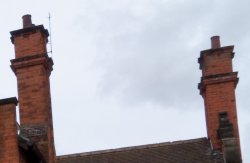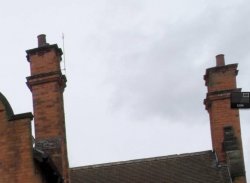I noticed some bad purple/green fringing in LX3 RAW pictures that are converted with Aperture 3. Example (100% crop):

RAW: http://img.photographyblog.com/...ample_images/panasonic_lumix_dmc_lx3_06.rw2
I don't own the LX3 yet, I used one of the samples from: http://www.photographyblog.com/reviews_panasonic_lumix_dmc_lx3_3.php
There's also a camera-JPEG version of the same motive, and there is much less fringing.
Is this only a problem with the LX3 processing, or is there also no CA correction implemented for other cameras that support it?

RAW: http://img.photographyblog.com/...ample_images/panasonic_lumix_dmc_lx3_06.rw2
I don't own the LX3 yet, I used one of the samples from: http://www.photographyblog.com/reviews_panasonic_lumix_dmc_lx3_3.php
There's also a camera-JPEG version of the same motive, and there is much less fringing.
Is this only a problem with the LX3 processing, or is there also no CA correction implemented for other cameras that support it?



